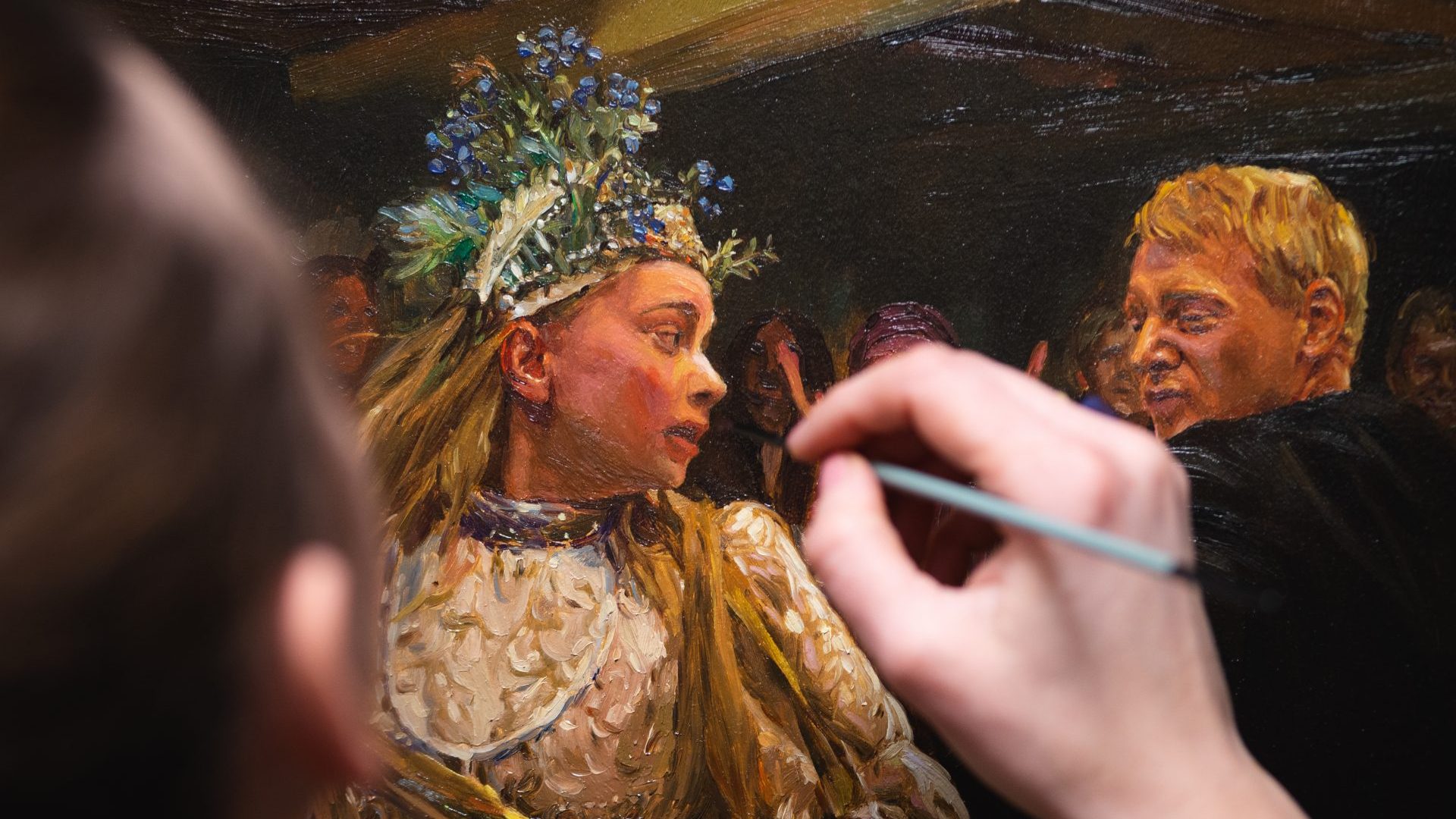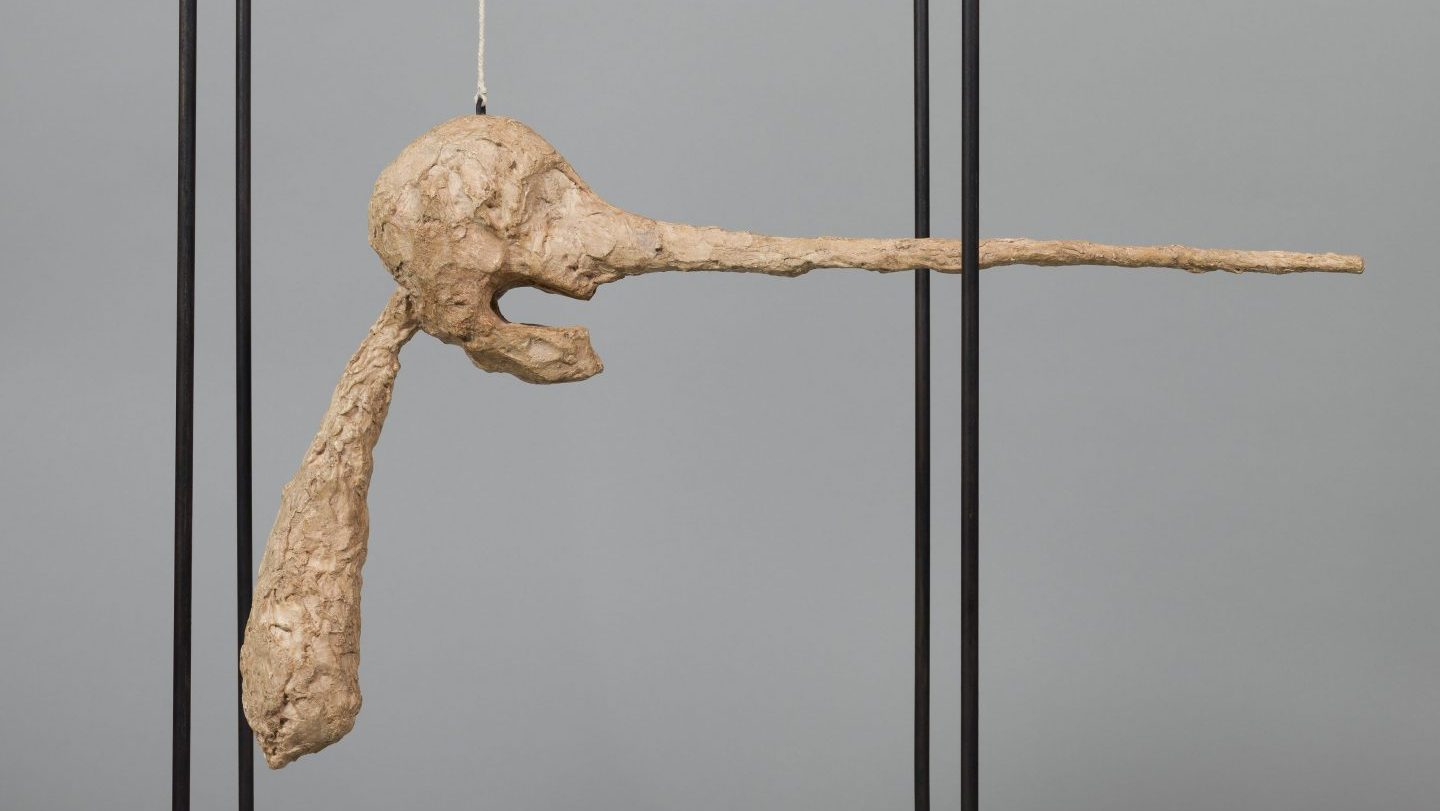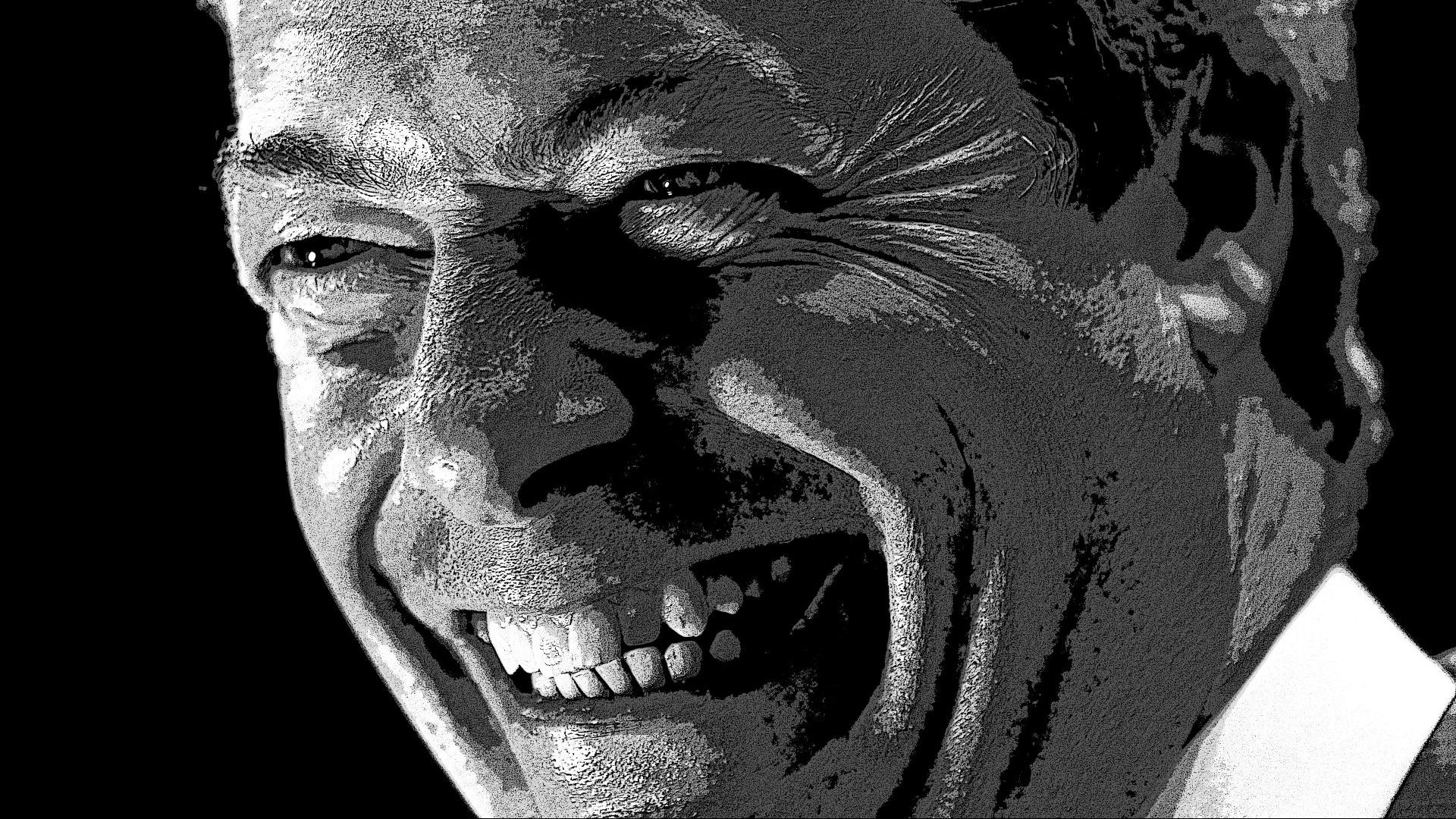Nominated for best animated feature at the 2018 Oscars and Baftas, Loving Vincent was an extraordinary undertaking, using real, hand-painted oil paintings on canvas to immerse the viewer in the life and works of Vincent van Gogh.
It took 65,000 frames and 125 artists to bring together the “first fully painted animated feature”, but an eventual worldwide box office of $42m and victory at the European Film Awards proved that, just like with Vincent himself, the people who made it weren’t crazy.
And yet here is its director, Hugh Welchman, five years later, with two large canvasses behind him depicting pastoral scenes taken from his follow-up project, The Peasants – an even larger animated undertaking than Loving Vincent, an epic saga adapted from a touchstone Polish novel and each shot, each frame hand-painted in oils, having first been acted and filmed by a real-life cast.
“We just didn’t want to make Loving Vincent II,” he says. Having been suggested countless artists to draw from (literally), including Klimt and Rembrandt, Welchman and his Polish wife, DK (Dorota Kobiela), turned instead to a 1,000-page novel by Władysław Reymont, written between 1904 and 1909 and which earned international renown, winning the Nobel Prize in 1924. It is a set text in Polish schools.
“Everyone knows the book,” says Welchman, who now lives in the north of Poland, in the Baltic coast port of Gdynia. “But they’re forced to read it at 16 so invariably use pass notes and grudgingly get through the exams. I read it at the age of 42 and sped through it in a week – it’s a masterpiece, the greatest depiction of peasant conditions ever told.”
Still, I venture, bringing this to the screen using the techniques of Loving Vincent but with a less immediately recognisable style must have been a harder sell? Not only that, Hugh and DK’s ambition was to film it first and then do the paintings – in effect making two versions of The Peasants on one budget.
“Vincent was about bringing the artist’s paintings to life,” says Welchman. “This time we wanted to use paintings to bring the story to life.”
Just as you might be, I was still prompted to ask “why?” But then, when you watch The Peasants, you get the answer, as you’re transported to the rural community where the epic saga takes place, a story of betrayal and betrothal, of land and love, sex and cabbages. It’s like disappearing into a painting that comes to life around you.
I was reminded of Cannes boss Thierry Frémaux’s recent defence of his Lumière film festival and the restoration of classic films, comparing the classics with standing in front of a Rothko, a Picasso, or a Van Gogh.
“Oil painting is the most valuable thing on earth,” agrees Welchman. “That’s why millions of people visit cities around the world to stand captivated in front of canvases in galleries and museums, to experience the emotions and thoughts you get when contemplating what’s before you. We believe it’s worth the crazy hours and passion to bring that to cinema.”
To explain it very basically, the film was shot like a normal live-action production over 50 days in a Warsaw studio with sets and green screens, starring actors including Kamila Urzedowska as the young peasant girl Jagna who is forced by her father to marry old Boryna, the wealthiest farmer in the village – despite being secretly in love with his son, Antek (Robert Gulaczyk), who is married to Hanka, mother of his three children.
Then this footage was passed to a team of 100 painters in Poland, Serbia, Lithuania and Ukraine to produce six paintings per second, in a style set by DK in a series of design paintings in turn inspired by the Young Poland realist movement of such artists as Józef Chełmoński, several of whose works are directly referenced. The Russian invasion of Ukraine in February 2022 meant that producer Sean Bobbitt ferried 25 female artists fleeing from Kyiv over the Polish border – the men working on The Peasants had to stay behind and put down their brushes to take up arms.
Despite all this, and while acknowledging that the logistics of it all were three times trickier, Welchman feels it was all a lot easier than getting Loving Vincent off the ground. “We were the first to do something like Vincent, so we needed to persuade people of the concept, which they just couldn’t grasp no matter how many times we explained it,” he recalls. “Me and DK moved house 17 times during the five years it took, running out of money, bunking with relatives, moving to cheaper cities to find artists who’d work with us, getting so obsessed we forgot to renew our lease… so many reasons and so up and down financially, but it was an adventure and very exciting. We wouldn’t want to do it again, though.”
Loving Vincent did prove the most successful ever film at the Polish box office and grossed impressive figures around the world, which meant the pair had enough money to set up a house and studio on the Baltic, while the proof of their methods meant raising finance was a smoother process, particularly with Polish support for a well-known novel.
It also helps, I think, that Urzedowska is something of a star, even when painted. She’s been called the “Polish Margot Robbie” and delivers a career-making performance that’s beguiling, sexy and complex.
So brilliant was her work on camera that several times the director admits he was tempted to abandon his commitment to animation and just make it a live-action drama. “But when you’re oil painting a face for five hours just to get half a second on the screen, all that passion and beauty is replicated in every single brushstroke. It enhances what was there. And we found the same was happening with the shots of landscapes in the changing seasons.
“If we’d shot the real terrain around Lipce in the flatlands where the book was set, it wouldn’t be nearly as evocative as it is on our canvas. The same with the dance scenes, and even the sex scenes, all the lighting and contrasting colour, the motion blur of hair and materials and nature, which only really comes over in this technique.”
There are shades of Fiddler on the Roof in this tale, the wedding dances, the hardscrabble of farming life, the small joys of peasant life and the pressures. But I wonder what makes the film still relevant to younger audiences who have taken to the film in Poland, recreating various scenes in flashmobs on TikTok and where Urzedowska’s “Jagna look” has suddenly come back into fashion and where, let’s face it, potato and cabbage never went off the menu.
“We’ve had school kids thanking us that they now don’t have to slog through the book,” agrees Welchman. “Yet there’s a new generation who’ve returned to it, seeing it anew, as something sexier and more vital than they’d remembered. There’s a real resonance with modern women, too, with issues around mobbing online and slut-shaming and the pressure to conform, and sadly, there is still much physical and psychological violence against women. These are all things that Jagna rebels against. For years, she’s been taught in schools as some kind of immoral character, but through Kamila’s performance, she’s become the heroine of the piece and a modern icon.”
I look behind Welchman on the Zoom screen, gazing at the still paintings on the wall. He spots my eye wandering. “You can buy them, you know,” he says. They’ve already sold over 400 paintings from the film, original hand-painted works that are also now part of film history, and yours for anything from €200-5,000. There are more than 1,000 still to go on shop.thepeasantsmovie.com, adding another layer of uniqueness to the year’s most original piece of cinema.
The Peasants is on release in UK cinemas now




